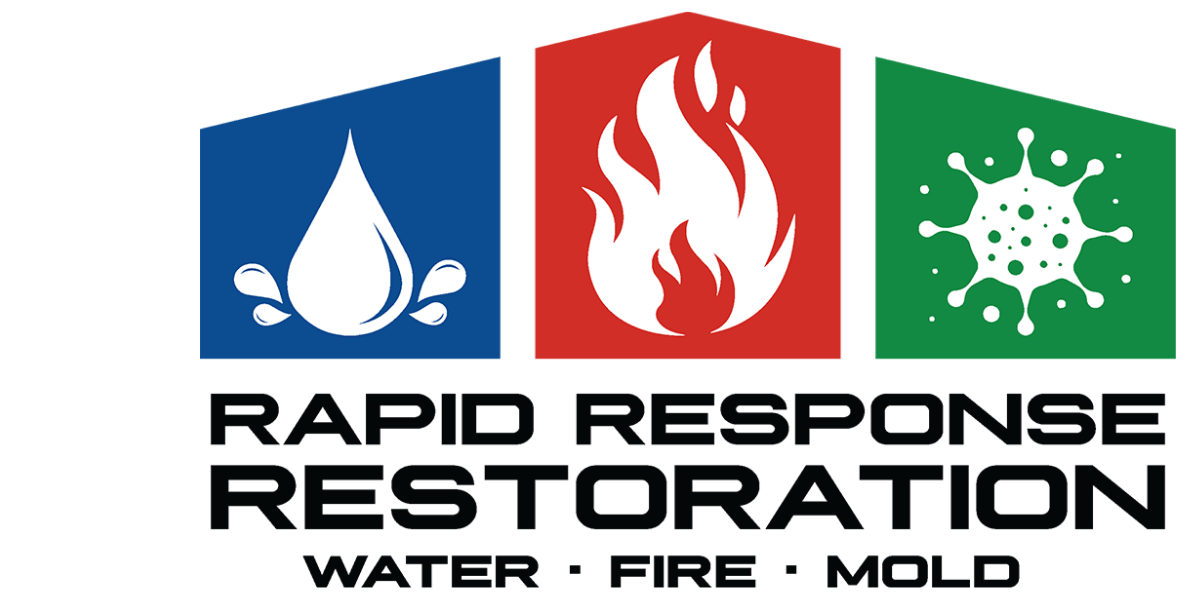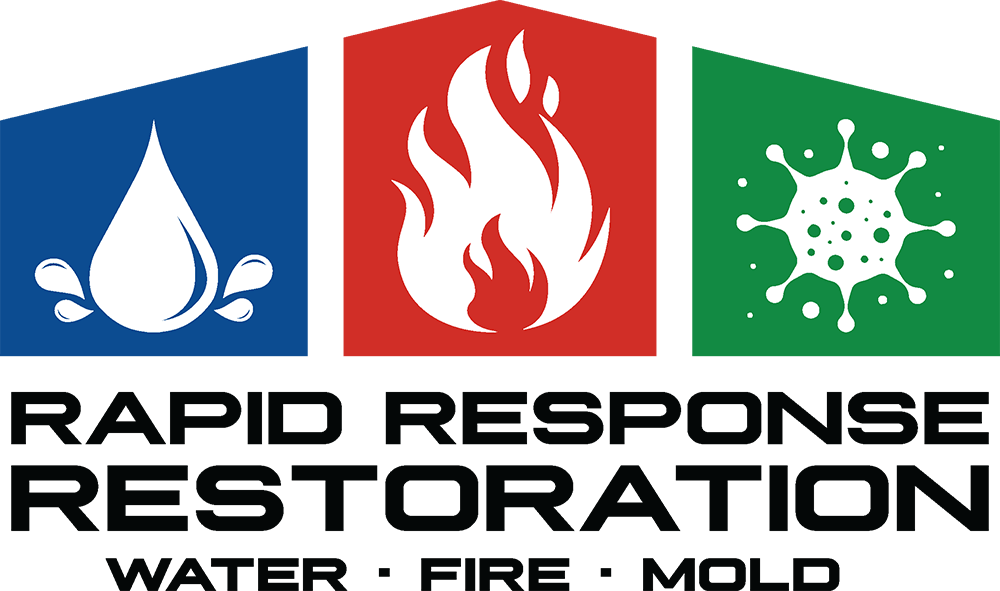Water Damage Restoration and Mold Remediation FAQ
-
Under most standard home insurance policies, sudden or accidental water damage is covered. Examples include burst pipes, appliance malfunction, toilet, sink, or shower overflows, roof leaks from weather events or falling debris, and HVAC issues such as clogged condensate lines. Some policies have additional provisions for sewage back up damage and water damage from flood or heavy rain. Most homeowners do not go through the claim process many times in life, if at all, and understanding your policy when disaster strikes can be confusing. At Rapid Response, we are happy to help you through the entire claims process. We will review your policy with you, help you confirm your coverage, and determine the best course of action.
-
There is essentially a two part process: Mitigation and Rebuild. Water damage mitigation prevents further water damage from affecting your property and belongings. The water mitigation process involves using specialized equipment and techniques to minimize the amount of loss and involves removal of unsalvageable property and material like drywall, trim, and flooring, water extraction and dry out, cleaning, and disinfecting affected areas. The demo component of mitigation can typically be completed in the first day, while commercial grade drying equipment is left to run for three to five days depending on the level of saturation. Rebuild is the repair and replacement of anything that was damaged or removed during mitigation and returning the property to pre-loss conditions. There will in fact be two separate estimates for each phases and sometimes even two different adjusters handling those estimates. Most water damage restoration companies will only handle mitigation and leave you to find another contractor for the rebuild. At Rapid Response, we will handle your entire project from beginning to end and work with you insurance to ensure you get everything you are entitled to with your coverage.
-
Most mold testing companies won’t tell you this, but many times getting a mold test is unnecessary. Simply put, if you have visible mold, you need to remediate it, or it will spread. Paying for a mold test to tell you whether it is stachybotrys or chaetomium might not really serve your end goal of eliminating the problem. There are times when getting a mold test does make sense. If you or your family members are experiencing unexplained health issues such as allergies, respiratory problems, or skin irritation that seem to be associated with being in a particular location, it could be a sign of mold-related health problems. In such cases, a mold test can help determine if mold is the cause. Another good time for mold testing is after mold remediation has been conducted to remove mold from a property, testing may be performed to ensure that the mold problem has been successfully resolved. Rapid Response does offer mold testing with a unique caveat. If testing confirms that mold remediation is necessary, and you hire us, we will actually credit your remediation bill the cost of the mold testing, essentially making the testing free to you.
-
According to the Environmental Protection Agency (EPA), mold typically takes 24 to 48 hours to grow after a flood if the right conditions are met. However, it depends on the type of surfaces and materials, amount of moisture, and temperature. Indoors, mold generally grows faster on softer surfaces in darker, warmer (70 degrees or more), and more humid environments. The chance for mold spores to spread from one area to another also increases with time. These microorganisms can quickly fill the air and spread throughout your home, affecting more and more areas and endangering your health with every passing hour. Mold spores that start to colonize on surfaces within 24 hours become visible in about 18 to 21 days of the flooding if nothing has been done to dry the water and restore the affected surfaces.
-
Hard surfaces can be cleaned and sanitized. Affected items that cannot be sanitized require disposal. Porous materials such as drywall, ceiling tiles, insulation, carpet, particleboard, paneling, etc., that have been directly affected should be removed during the emergency service visit.
-
Your insurance company would prefer you call a water damage restoration company to begin water cleanup and fix water damage as quickly as possible. The faster our crews arrive, the more destruction we can prevent, which decreases restoration costs and protects your home from further house flood damage. You still want to call your insurance company to make a claim, but you should not wait for an adjuster to arrive before calling a professional company to fix water damage.
-
Rapid Response Restoration is proud to service Maryland, DC and Northern Virginia, as well as Chicago and the Chicago suburbs, and the Charlotte to North Carolina Piedmont areas.
-
Absolutely! We come across this situation all the time where the homeowner wants to switch to tile or LVP flooring so they never have to worry about ripping up their floor again. Insurance will provide a labor and material allowance depending on what they are replacing. Many times they will send the damaged flooring off to a third party lab called ITEL to get exact an exact cost of replacing a material of the same kind and quality. If you wanted to upgrade your flooring, you would simply cover the cost difference for the materials and labor, and you could get the upgraded floor you’ve been wanting and apply everything insurance is already paying towards it!

